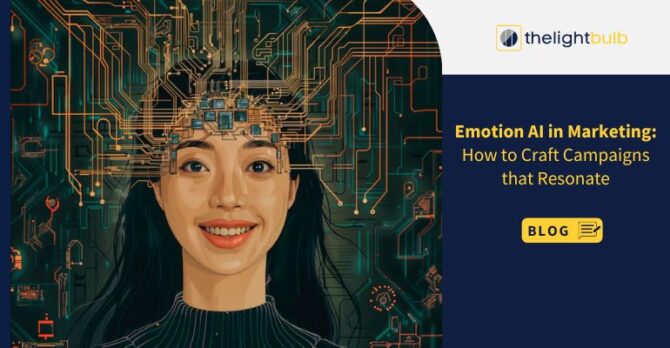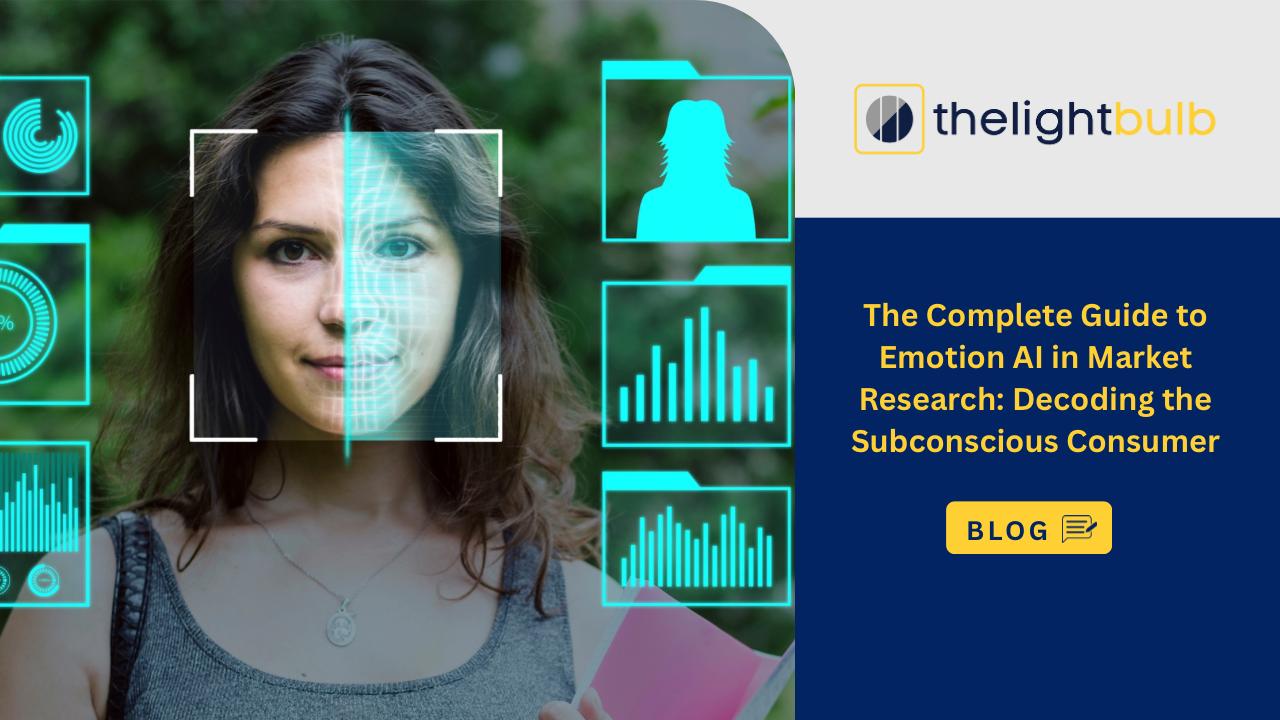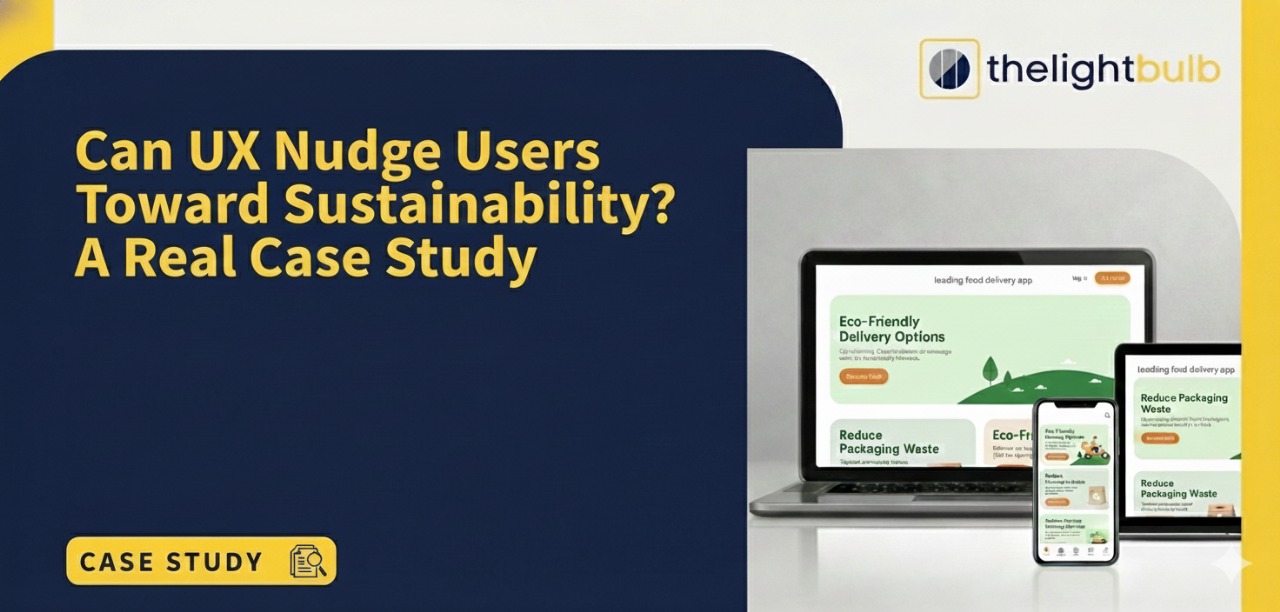
Marketing as a field is experiencing a shift in its landscape through emotions based artificial intelligence, or affective computing. This smart technology is all about the artificial intelligence to understand and recognize human emotions through facial response, tone of voice and many other queues. This is because brands seeking to engage customers in meaningful marketing communications initiatives must gain an insight into how customers emotionally react to stimuli. The goal of this blog will be an analysing of Emotion AI possibilities in marketing and key recommendations on the strategies of creating emotionally-driven campaigns.

- What is Emotion AI?
- Benefits of Using Emotion AI in Marketing
- Enhanced Customer Understanding:
- Improved Customer Experience:
- Increased Engagement:
- Better Decision Making:
- Crafting Emotionally Engaging Campaigns
- Identify Emotional Triggers:
- Create Authentic Content:
- Use Storytelling:
- Visual and Auditory Cues:
- Monitor and Adapt:
- Challenges and Considerations
- Privacy Concerns:
- Practical Tips for Implementing Emotion AI
What is Emotion AI?
Emotion AI is a process of identifying emotions of humans, and understanding those emotions by employing some algorithms of machine learning. The gloves function by interpreting data from faces, vocal pitch, typed keystrokes, and other human metrics to assess mood. This technology assists marketers to capture emotions of consumers hence create a path of helping consumers and making better campaigns.
The Importance of Emotion in Marketing
The two can be combined to reach conclusions, as emotions are crucial factors in decision-making processes. Research by Kilgore (2001) has said that emotions are vital in sales, especially since people are always eager to interact with brands that elicit emotions. Thus, marketers, leveraging on Emotion AI, can target and capitalize on these triggers hence designing more effective and shareable campaigns.
Examples of AI in Marketing and How Emotion AI Works

Data Collection:
Emotion AI is data-driven and can capture information using video capture, voice recognition, and data mining. For instance, it is possible to establish what a person looks like when he/she watches an advertisement using a camera or analyze the tone of voice in a call using a microphone.
Emotion Detection:
This data is then analyzed by Particle Processing Systems for identifying and categorizing the emotions displayed. These algorithms help to detect all sorts of emotions, and not only happy, sad, angry, or surprised, but also others.
Analysis and Insights:
Upon recognition of such emotions, the AI offers an understanding of the sentiments that customers have towards a brand or a product. These views can show strengths or areas of weakness in a campaign that can be active to improve.
Personalization:
The appeal of the data can be used to inform more targeted messages to be sent as they mirror the viewer’s feelings. This makes the content more relatable to the target group thus boosting its chances of making the desired number of sales or conversions.
Benefits of Using Emotion AI in Marketing

Enhanced Customer Understanding:
Emotion AI offers sound insights into the clients’ emotions and their actions. Generally, it is very important for brands to be aware of the attitudes of their customers, so that they are able to post more engaging content.
Improved Customer Experience:
Now, using emotions in the context of interactions can go a long way in improving customer experience. More happy customers are likely to continue being loyal customers to the product and advertise it to others.
Increased Engagement:
Some of the possible factors that predict the extent of engagement are as follows: Emotional appeals usually receive better responses. Emotion AI enables its users to capture which emotions are leading to engagement so that marketers can create content that will cut through to the people.
Better Decision Making:
Marketing continues to reap benefits from emotion AI as it gives tangible recommendations that enable marketers to make sound decisions. Examining people’s feelings toward various elements in an advertising communication can help in the formulation of subsequent advertising campaigns.
Crafting Emotionally Engaging Campaigns
Identify Emotional Triggers:
Learn what feelings are currently the most important to your audience. Ask questions, and engage in focus group discussions, as well as use Emotion AI tools to determine the most important or compelling emotions.
Create Authentic Content:
In a similar fashion, there is nothing that is as critical as being genuine in emotional marketing. It is essential that each campaign created is realistic and relevant. Do not oversell as a tactic because people cease to trust a brand that is overly expressive.
Use Storytelling:
Narratives are effective in creating specific moods which are helpful in the overall process of persuasion. Substream three is crafting the tales that your audience can identify with and envision themselves in. This is why there is a close link between the brand and the consumer when he or she has an emotional feeling towards the brand.
Visual and Auditory Cues:
Help, be consistent with the visuals or sounds that are in print and the corresponding emotion that want depicted. For instance, you can use colors that evoke certain feelings within the people you’re trying to reach, as well as music and images that are associated with some feelings and not others.
Monitor and Adapt:
Conduct sentiment analysis of the campaign response through the utilization of Emotion AI technologies in real-time. Make sure to take necessary changes where necessary depending on the results you get in target accomplishment.
Challenges and Considerations
Privacy Concerns:
A negative aspect is that Emotion AI heavily relies on the collection of personal data, which is why is it seen as invasive of privacy. It is very important that your methods of data collection are also CNS and being compliant with privacy laws.
Accuracy:
Thus, while Emotion AI is developed to an extraordinary degree, it has some imperfections. It is crucial to understand that there is always a chance that the computer might make a mistake and make sure that a human being always oversees the data generated by the computer.
Ethical Use:
Use Emotion AI ethically. It means that any possible attempt to play with feelings with the purpose of using them as a basis for achieving certain goals may produce devastating effects for both sides, the brand and the person. Reduce the time spent on being bored and turn that time into an average of at least five encounters that were at least somewhat positive and halfway meaningful.
Practical Tips for Implementing Emotion AI

Start Small:
Actually, you can start by selecting a pilot project to determine how Emotion AI will complement your marketing strategies. This enables you direct change and measure outcomes without a large investment in resources upfront.
Integrate with Existing Tools:
Check whether the Emotion AI can be applied with your current commercial tools. This enhances smooth interface between the data and the provision of a broader range of insights.
Train Your Team:
The next step should be creating awareness of Emotion AI tools among your marketing team and holding orientation to enhance the handling of these tools. More knowledge about how the technology works and how it can be harnessed for the best results can, therefore, go a long way in improving its effectiveness.
Focus on Key Metrics:
Specify the measures that would be valued by using Emotion AI. This may encompass likes and shares, customer satisfaction surveys, or conversion rates be it in terms of sales, signups or subscriptions.
Use Multimodal Analysis:
Filter the gathered data through multiple mediums (e. g. , facial monitoring, voice analysis, text mining) to have a more accurate view of customer’s emotions.
Conclusion
Here we see how Emotion AI is a unique tool for the realization of marketing and advertising campaigns relying on the emotional sphere of the audience’s attitude toward the product. This way, brands are encouraged to consider these emotions and make use of them to be more successful, more interesting, and more effective in their marketing approaches. Only when privacy and other ethical concerns are a priority in your implementation of Emotion AI, should the technology be employed, like any other tool. Leverage the use of Emotion AI to achieve call-to-action capable of not only hitting home but creating strong bonds with the recipients.
When it comes to the emotional approaches to consumer behavior and incorporating proficient AI technologies, it is possible to level up your marketing strategies and receive higher outcomes. Introducing Emotion AI and how it can help you begin the process of improving your target audience’s engagement with your marketing in real-time immediately.











